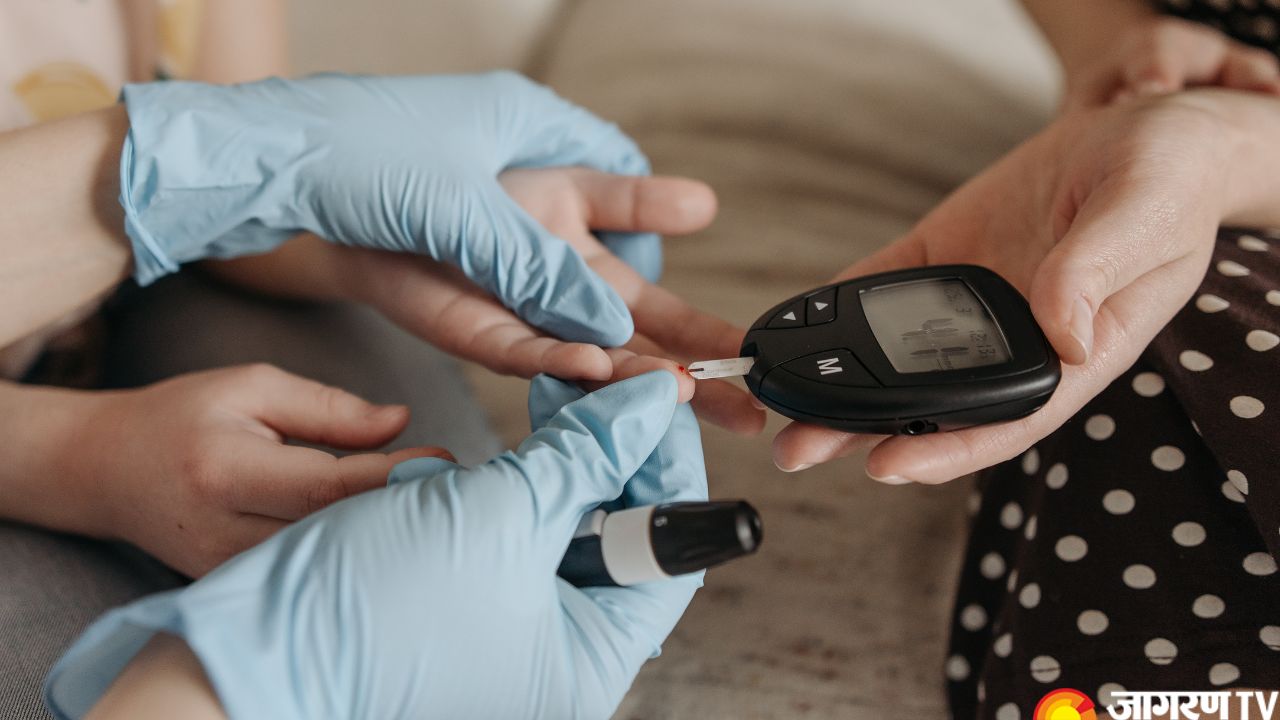Prediabetes: Are You at Risk of Getting Diabetes? Understand Prediabetic Symptoms, Causes, and More

Prediabetes: Prediabetes is a serious medical issue that affects millions of people globally. It is a stage in which blood sugar levels are elevated above normal but not yet high enough to be categorised as type 2 diabetes. This creates an important window of opportunity for intervention, since early detection and lifestyle adjustments can prevent or considerably postpone the emergence of full-blown diabetes and its complications.
What is Prediabetes?
Prediabetes occurs when the body either produces insufficient insulin (the hormone that regulates blood sugar) or does not use insulin properly, a condition known as insulin resistance. Without enough functional insulin, glucose accumulates in the bloodstream rather than entering cells for energy, resulting in high blood sugar levels.
Prediabetes Symptoms
One of the most worrying elements of prediabetes is that it frequently occurs without obvious symptoms. This is why it is commonly known as a “silent killer.” However, some people may notice minor symptoms, particularly if their blood sugar levels begin to rise.
-
Feeling particularly thirsty despite consuming water.
-
Urinate more frequently than normal, particularly at night.
-
Feeling hungry despite having eaten.
-
Feeling particularly fatigued or low on energy.
-
Occasional instances of blurred vision.
-
While more common in full-blown diabetes, they can also appear in prediabetes.
-
Insulin resistance is characterised by darker, velvety skin patches, which are commonly found in the armpits, neck, groin, or knuckles.
-
If you encounter any of these symptoms, especially if you have risk factors, you should see a doctor to get a clear diagnosis.
Prediabetes Causes
Prediabetes is generally caused by a mix of genetic predisposition and lifestyle factors. The key important components are:
Genetics
A family history of type 2 diabetes greatly raises your risk.
Obesity and Overweight
Excess body fat, particularly around the abdomen, is a key risk factor because it promotes insulin resistance.
Physical Inactivity
A sedentary lifestyle decreases the body's insulin sensitivity.
Unhealthy Diet
Diets heavy in refined carbs, sugary drinks, and unhealthy fats can cause weight gain and insulin resistance.
Age
The risk of prediabetes rises with age, particularly beyond 45.
Ethnicity
Certain ethnic groups have a higher risk of prediabetes and type 2 diabetes.
History of Gestational Diabetes
Women who experienced gestational diabetes during pregnancy are more likely to acquire prediabetes and type 2 diabetes later in adulthood.
Polycystic Ovary Syndrome (PCOS)
This hormonal condition in women is frequently related to insulin resistance.
Sleep Apnea
This sleep problem can lead to increased insulin resistance.
Prediabetes Precautions
Prediabetes can typically be reversed or managed with proactive lifestyle modifications. Taking steps can significantly minimise your risk of developing type 2 diabetes.
Regular Check-ups
Regular blood sugar readings, especially if you have risk factors, are essential for early diagnosis.
Know Your Numbers
Know your blood sugar levels (fasting plasma glucose, oral glucose tolerance test, HbA1c).
Educate Yourself
Understand prediabetes, its causes, and how to manage it.
Seek Professional Guidance
To develop a personalised strategy, consult your doctor, a qualified nutritionist, or a certified diabetes educator.
Related Videos
-
21 Jul, 2025
Prediabetes: How to Reverse Prediabetes? Know Diet and Lifestyle Modifications ...
-
07 Jul, 2010
-
27 Aug, 2015
-
27 Aug, 2015
यह भी पढ़ें
-
09 Apr, 2023
IPL 2023 : आज हैदराबाद और पंजाब में कौन मारेगा बाजी, ऐसी हो सकती है दोनों टीम की प्लेइंग इलेवन
-
09 Apr, 2023
कोरियन दूल्हे ने इंडियन स्टाइल में की शादी, घोड़ी भी चढ़ा और भांगड़ा भी किया, वीडियो हुआ वायरल
-
09 Apr, 2023
-
09 Apr, 2023
आकांक्षा दुबे मामले में आरोपी समर सिंह को भीड़ ने दौड़ाया, 14 दिन की न्यायिक हिरासत








